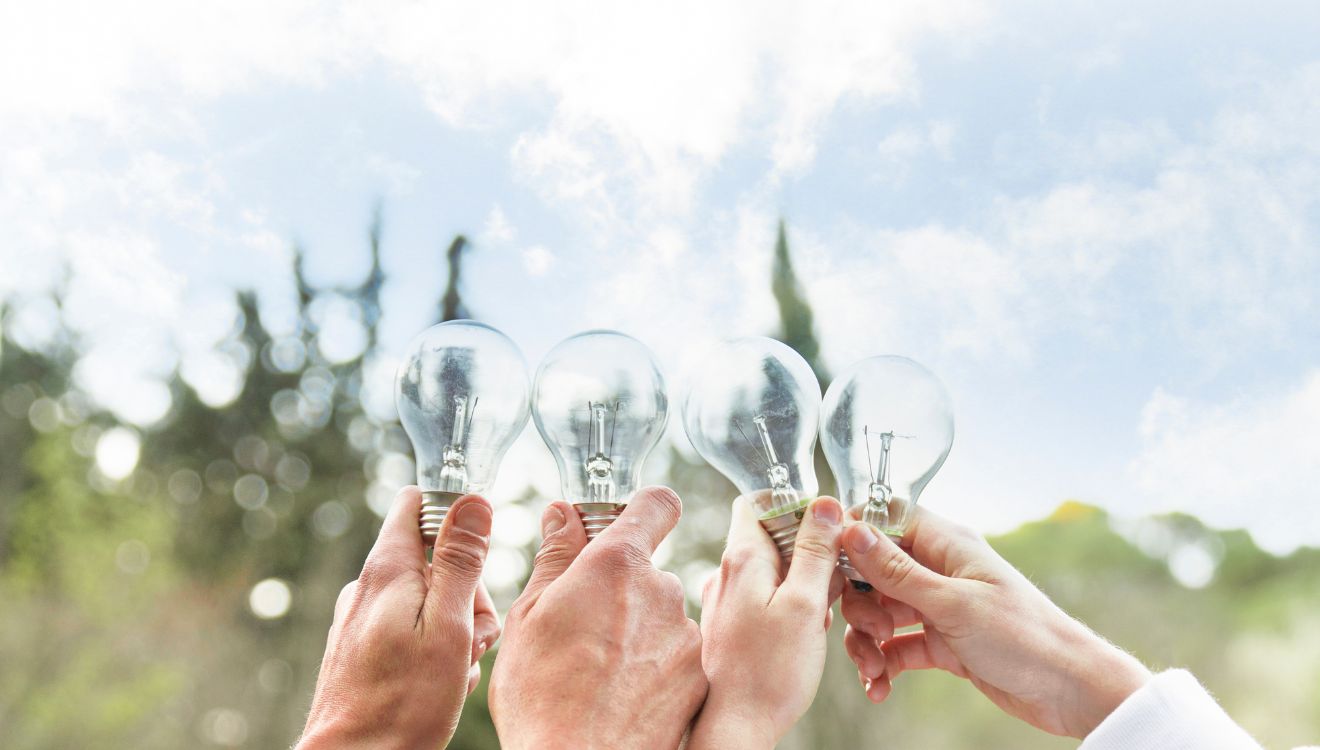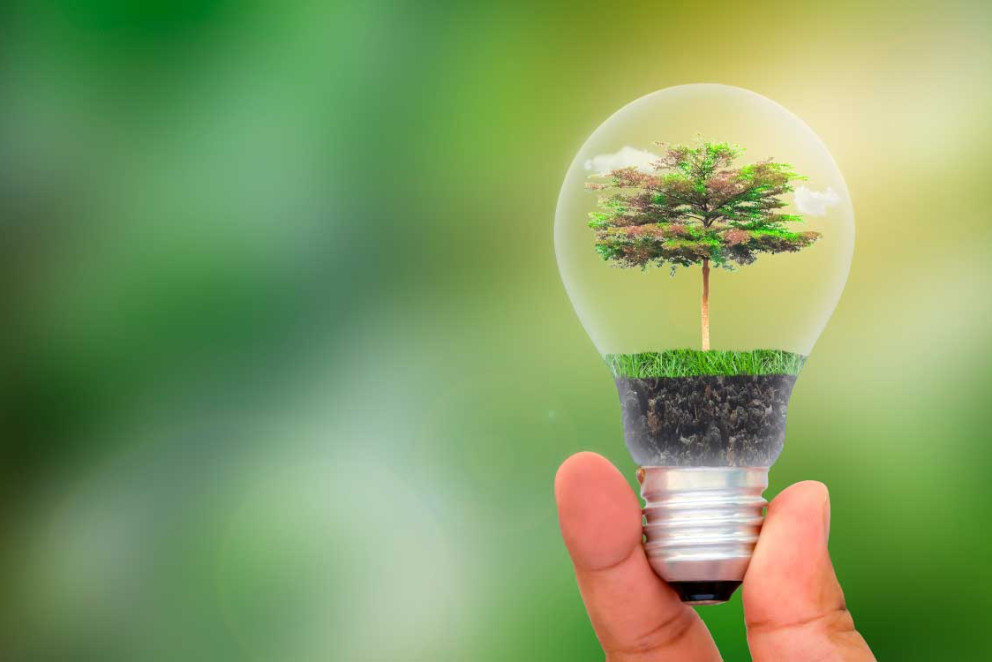Table of contents




Table of contents
The importance of energy efficiency in the workplace is an increasingly relevant topic today. Efficient energy management not only reduces operational costs but also contributes to environmental sustainability and enhances corporate image. Today, we will discuss some of the strategies and practices that companies implement to reduce their energy consumption. Are you ready to make your company a more sustainable space?
In this first section, we will explore how to conduct an internal audit with the goal of optimizing processes within a company. Internal process auditing is a crucial tool for identifying inefficiencies, improving productivity, and reducing costs. Let's get started!
Once the internal process audit is completed, you can proceed with an energy audit. To do so, follow these steps:
Lighting is a critical aspect of energy efficiency in buildings and spaces. In this section, we will focus on how to improve lighting efficiency and reduce energy consumption. Two main approaches will be explored: the adoption of LED technology and the use of light sensors with automation.
LED technology has revolutionized the lighting industry due to its energy efficiency and durability. By opting for LED technology, organizations can reduce their energy costs, enjoy high-quality lighting, and contribute to the reduction of carbon emissions. Don't miss this article discussing the key benefits and aspects of LED technology.
Light sensors and lighting automation represent an advancement in efficient energy management in illuminated environments. Automation takes this concept a step further, allowing for the scheduling of lighting on and off times, as well as adjusting light levels according to specific needs. By implementing these technologies, organizations can optimize energy consumption, meet efficiency standards, improve sustainability, and achieve a return on investment through significant energy cost savings.
We couldn't continue this article without discussing the adoption of renewable and clean energy sources, a fundamental pillar for sustainability today. To do so, we will explore two essential strategies: the installation of solar panels on facilities and the implementation of wind energy for achieving energy self-sufficiency.
The installation of photovoltaic solar panels on commercial or residential facilities is a crucial decision to reduce dependence on conventional energy sources and embrace a clean and sustainable energy source. This technology harnesses the power of the sun to generate electricity, significantly reducing long-term costs and decreasing an organization's carbon footprint. Furthermore, it represents a long-term investment that reflects an organization's commitment to sustainability and environmental responsibility.
Wind energy is another significant source of renewable energy. Installing wind turbines on facilities, whether in the form of wind farms or small generators, can enable energy self-sufficiency. By investing in wind energy, organizations can further reduce their carbon footprint and, in some cases, even generate excess energy that can be sold back to the grid, contributing to financial balance and long-term sustainability.
Efficient energy management is essential to optimize consumption and reduce costs.
Monitoring and controlling energy systems are fundamental steps in energy management. Organizations can use energy management tools and software to monitor real-time energy consumption, identify patterns, and take corrective actions when inefficiencies are detected.
On the other hand, setting clear and measurable goals in the field of energy management is essential to guide the organization toward greater efficiency and sustainability. It not only provides a framework for measuring progress but also motivates employees and stakeholders to work together for a more sustainable future.
You might be interested
You might be interested
Responsabilidad social corporativa: hacer de tu compañía un negocio sostenible según los criterios ESG

Ester Maicas


You might be interested
You might be interested
Cómo reducir los residuos en tu empresa y contribuir al cuidado del medio ambiente

Ana Salazar


Now that we can have some control over natural and material resources to reduce energy consumption, we can also focus on your company's internal policies to contribute to environmental conservation. For example:
The implementation of these energy efficiency policies results in an immediate reduction in recurring expenses. By optimizing energy usage, companies can lower their utility costs, leading to reduced electricity, gas, and water bills. These financial savings directly impact the profitability of the company and can be reinvested in key areas of growth and development.
Another immediate result of implementing energy efficiency policies is a positive contribution to the surrounding environment and nearby communities. By reducing resource consumption and minimizing greenhouse gas emissions, companies contribute to improved air quality and the local environment. This not only benefits the surrounding communities by reducing negative impacts on health and the environment but also enhances the company's image and relationships with local residents and authorities.
In summary, companies are adopting various strategies, from investing in more efficient technologies to promoting awareness among their employees, with the goal of reducing their energy consumption. This initiative is not only a response to growing environmental concerns but also a way to strengthen their competitiveness in an increasingly sustainability-conscious world.
We hope this article has inspired you to initiate your energy consumption reduction plan in your company and embrace sustainable offices. If you are also looking for a flexible workspace to drive your projects efficiently in Lexington, we have the solution. We invite you to explore our coworking spaces in Madrid and Barcelona! 🌱
Written by

There’s no doubt Marta has turned her passion into her profession, as she channels all her creative concerns into photography, videos, texts, and designs that enrich our content. In addition to being an exceptional communicator. With her, every day is a journey through the world of digital creativity!
Get up to date with flex
Subscribe to our newsletter to make sure you don't miss anything. On trend content you’ll be interested in.
Contact us
Request information
Solicitar información free pass
Request a quote
Visit our spaces
Trabaja con nosotros
Contact us
Work in a flexible space.
Optimize on costs compared to a conventional office
Estimation of costs compared to conventional office hire
0 people Office for
Select
5 people
10 people
15 people
25 people
Select a number of people and we’ll show you the expenses included in our flexible office hire.
Conventional office
Operational costs and supply costs:
€/month
+ opening expenses
Flexible office
Operational costs and supply costs:
Included
No opening expenses
Included in the monthly bill
€517.01/person
0€
2.264,24 €/person
0€
523,69 €/person
0€
Guarantee bond
6 months
Deposit
2 months
Since
12 months
Since
1 month
2-6 months
2 months
Request a quote